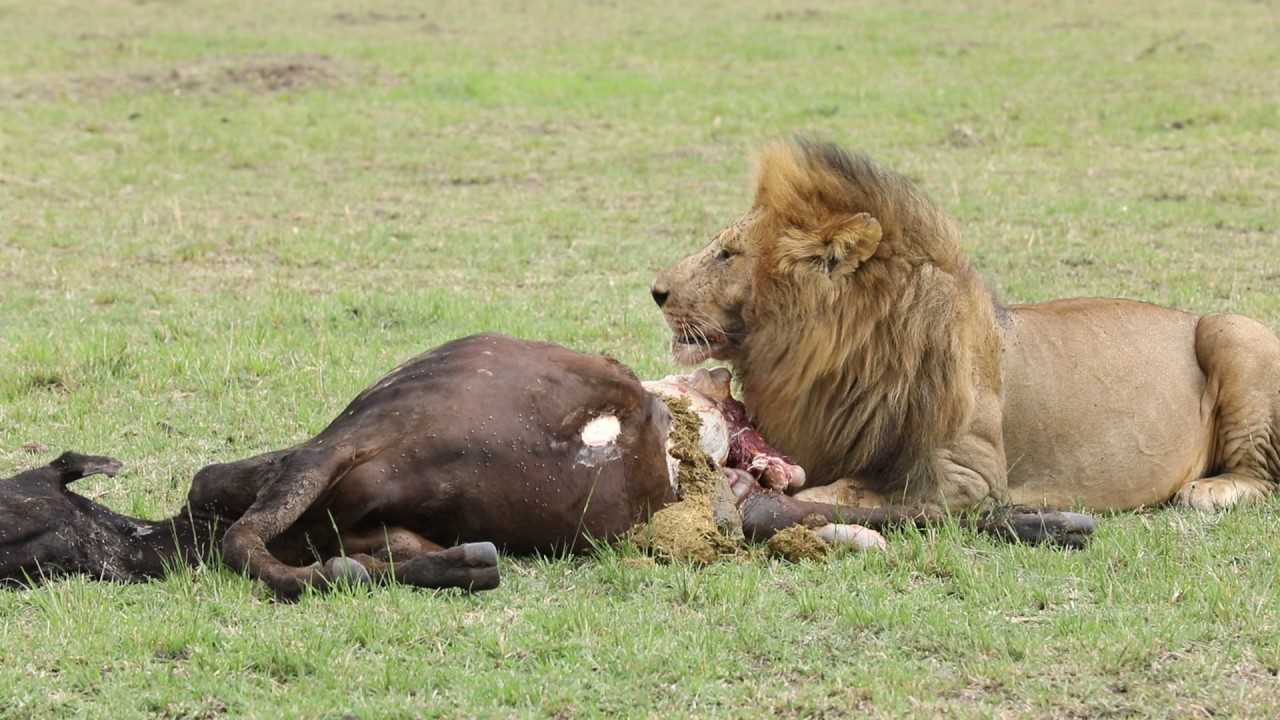
A family from Hwange lost seven head of cattle and 10 goats in one night to lions.
Jenifer Khupe, from the Chief Mvuthu area in Matabeleland North’s Hwange West district told VicFallsLive that she was away from home when the attack happened.
“I was in Plumtree when I received a phone call from my son who told me that lions had killed almost all our livestock,” said Khupe.
By the time an alarm was raised and the villagers went to chase away the lions, the damage was done and seven of the 13 cattle had become the lion’s dinner.
“My son was sleeping at home and he was awoken by neighbours who heard noise from the kraals and they mobilised themselves to scare the lions away.
“The lions killed the entire herd of cattle through suffocation and devoured the carcasses, so much that we couldn’t salvage any meat. As for the goats they just killed seven of them, but left the carcasses untouched,” Khupe said.
A local wildlife conservation organisation bought the cattle carcasses for less than US$150.
Related Stories
Khupe said the family lost its crops to elephants in the previous farming season.
Zimbabwe is facing increased human-wildlife conflict due to various factors. Climate change has resulted in frequent droughts which take their toll on the food chains of both humans and animals, increasing competition for food.
“Our kraal was secured in a way that repels predators. It was secured even at the rooftop, but because these lions are now used to marauding around people’s homesteads even during the day, they have become so daring that they can dig deep to gain entry into the kraals,” said Khupe
Expanding human settlements and increasing animal population also add to the equation. International laws against trade in wild animals and their products as well as moral censure against trophy hunting have left Zimbabwe and other countries in the region stuck with unsustainable numbers of wildlife such as elephants.
Human lives have been lost to the conflict. Prince William of England who has three children himself has faced international public ridicule for saying that the African human population must be controlled to create more space for wildlife.
Zimbabwe’s population currently stands at 15.1 million showing an annual rise of 1.5 percent since 2012 according to the national statistics agency. This gives a population density of 38 per Km2 against the UK’s 281 per Km2.


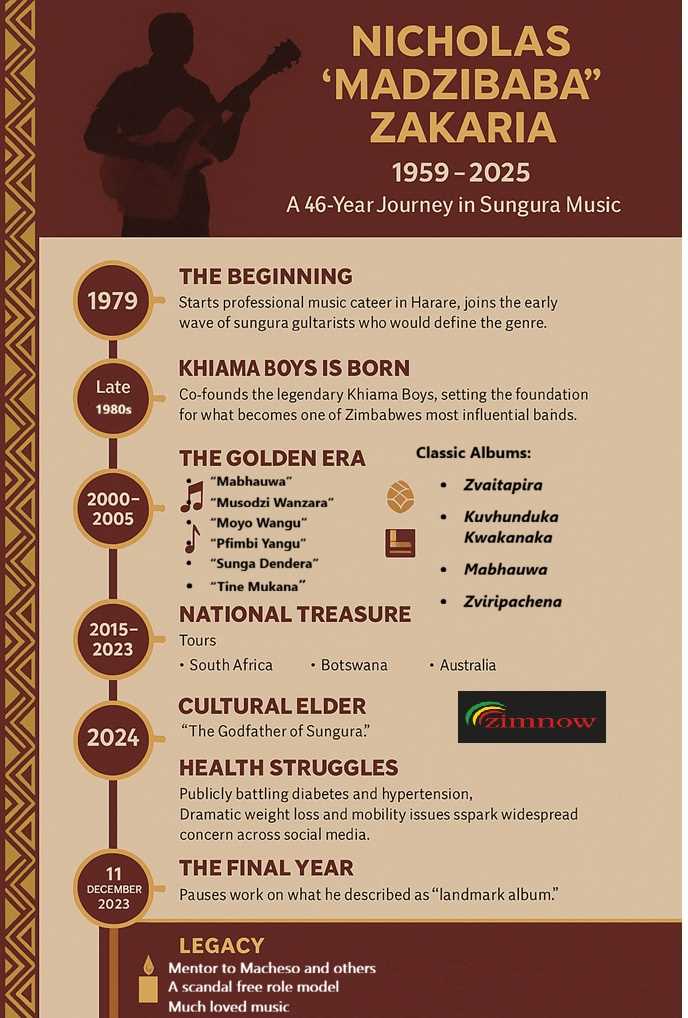

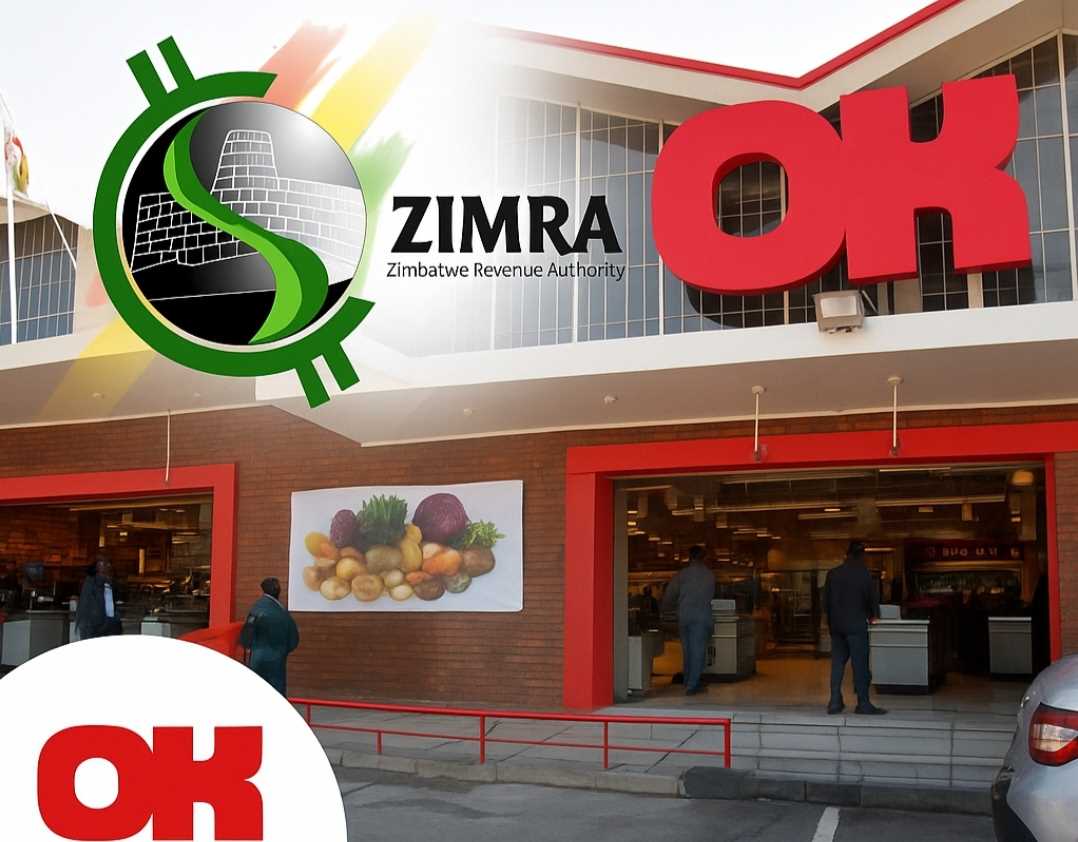
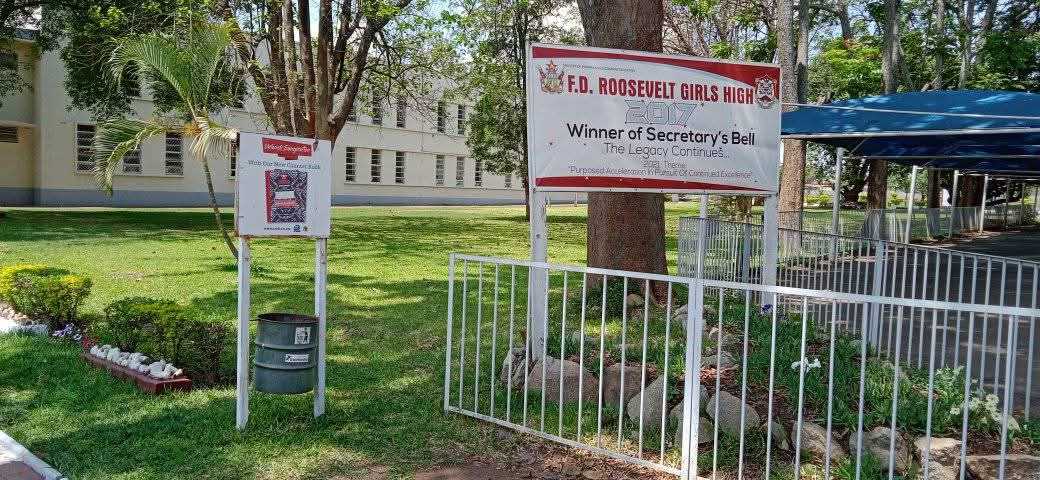




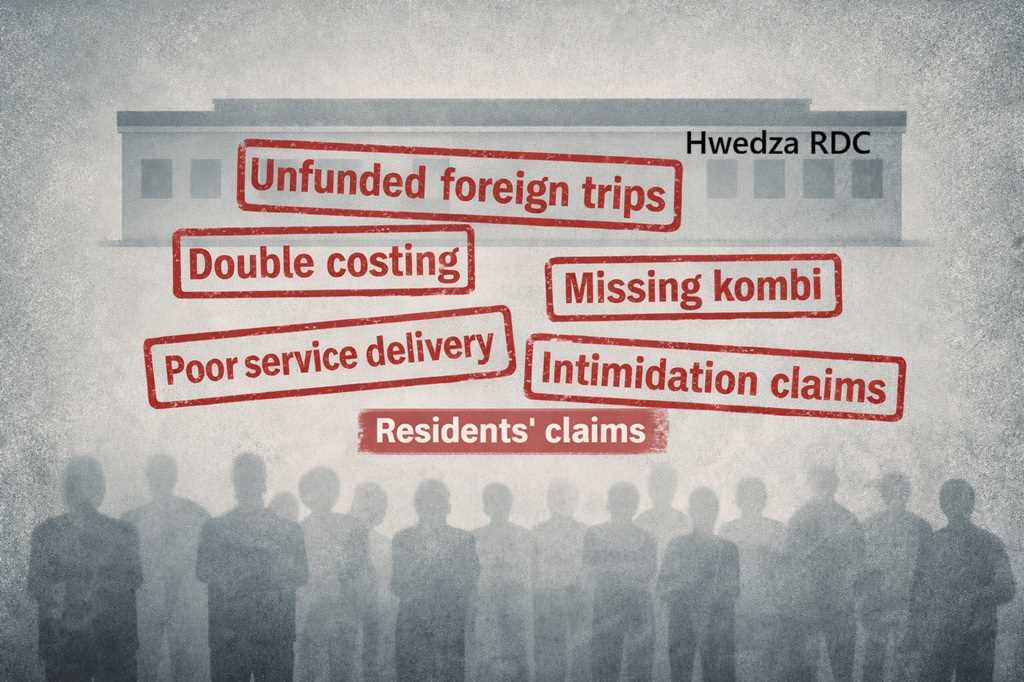

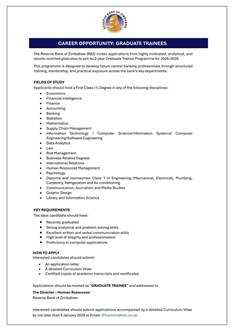



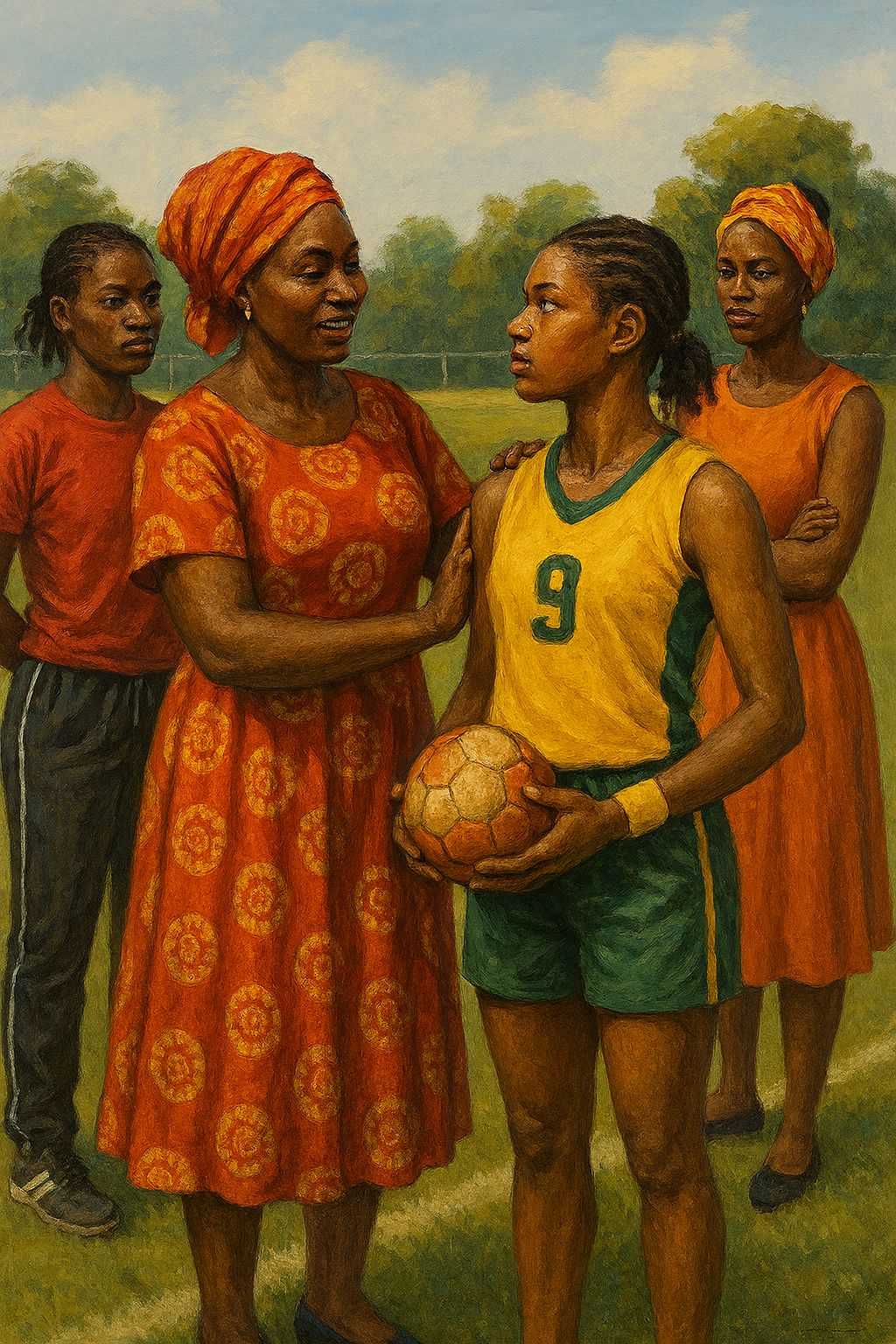


Leave Comments